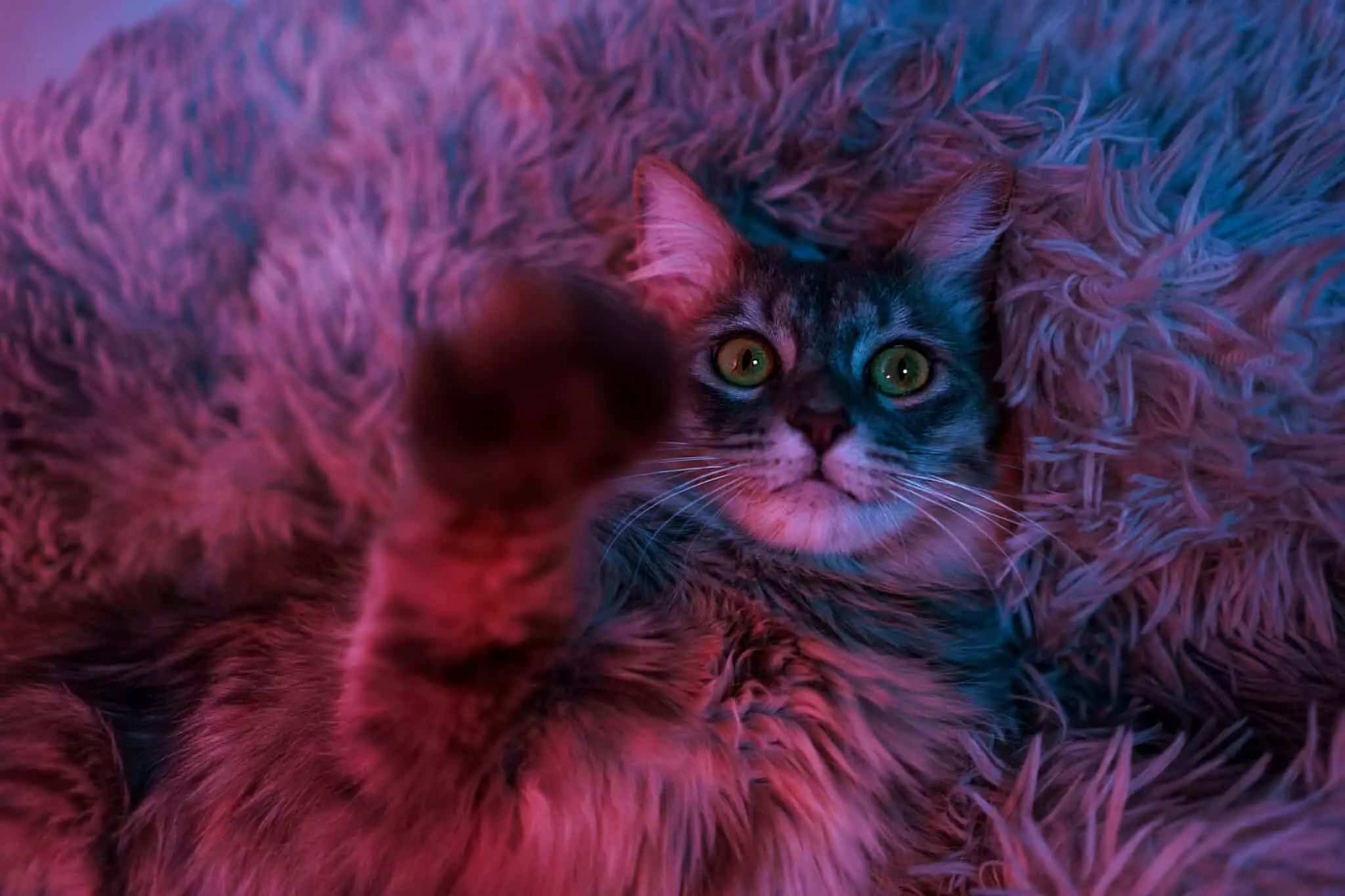If you’ve ever found yourself jolted from a peaceful slumber by the sound of your cat darting through the house like a pint-sized whirlwind, you’re certainly not alone. This phenomenon, while exasperating at times, beckons an intriguing exploration of feline behavior. Cats are not just cuddly companions; they are intricately wired for specific patterns of behavior inherited from their wild ancestors. Despite being domesticated, they retain the crepuscular instincts of their forebears—those who thrived by stalking prey during twilight hours. Thus, their tendencies to come alive as night falls are not arbitrary; they are embedded deeply within their biological framework.
The Paradox of Sleep: Daytime Naps and Nighttime Zoomies
It’s widely known that cats can sleep anywhere from 12 to 16 hours each day, yet the nature of cat naps is far from straightforward. These periods of rest are often segmented; your little furball may spend the afternoon in a blissful slumber, conserving energy for an explosive midnight outburst. This behavior often seems baffling, especially for pet owners who expect their cats to adjust to a human schedule. In their world, nighttime is when the action happens. Picture a cat flexing its paws and stretching its limbs, preparing for an enthusiastic late-night scavenger hunt around the house. The reality is, this dual existence of being a daytime sleeper and a nighttime gymnast is a reflection of their ancestors’ survival strategies.
Attention Seekers: Why Nighttime is Prime Time
In many cases, a cat’s nighttime enthusiasm can be chalked up to seeking attention. Perhaps you’ve been rushed and busy during daylight hours, leaving your feline friend feeling a bit neglected. It’s as if they’re saying, “Hey, it’s me time!” And what better opportunity to engage than when you’re seemingly at your most vulnerable—sound asleep? Your cat might opt for gentle purring or playful nudges at first, but if that doesn’t garner a response, expect more boisterous antics that can include everything from playful paw taps to epic leaps that resemble Olympic gymnastics routines. What’s crucial to understand is that a cat views these incursions not as disruptions but as invitations to play.
The Spectrum of Play: Boredom and Instinct
Moreover, a lack of stimulation can transform a peaceful home into a circus of sorts. Cats—like humans—crave engagement and intellectual fulfillment. An environment devoid of toys or climbing spaces can lead them to seek thrills in more unconventional ways, like ambushing the feet of unsuspecting owners from beneath the covers. This behavior not only entertains them but often leads to hilarious, albeit annoying, encounters that remind you of their predatory instincts. Their antics aren’t necessarily tied to hunger cravings, though many cats do develop food-centered wake-up calls, hoping for a midnight snack. Think of it as your furry friend employing a rudimentary alarm system that chimes only when it has a need—be it emotional or physical.
The Reaction Paradox: Accidental Reinforcement of Behaviors
Interestingly, how you respond to your cat’s 3 a.m. chaos plays a significant role in shaping their nocturnal behaviors. If tossing a toy or even chasing them away results in a stimulating back-and-forth exchange, your cat will perceive the interaction as an invitation to continue the performance. Their wisdom in manipulating human behavior is unparalleled. After all, what’s a night of unbroken sleep when they could be entertaining themselves (and you) instead? The reality remains that many owners inadvertently reinforce their feline’s night-time escapades through their reactions, creating a cycle of miscommunication that is both comical and exhausting.
Preserving Your Sanity: Strategies for Feline Energy Management
Understanding the underlying causes of your cat’s midnight mayhem can help reclaim some precious sleep. One effective strategy is to channel that energetic spirit into engaging play sessions during the day. Dedicating time to interactive activities with toys that stimulate both their minds and bodies can help meet their need for action and attention. Incorporating puzzle feeders or activity trees can also keep your cat mentally engaged, reducing their inclination to take the party into the night. It’s about giving them an exciting outlet to express themselves during the hours that make sense to you.
With an open mind and a little creativity, finding balance in both your lives could lead to a newfound understanding—fostering a greater sense of harmony amid the charming chaos of life with a cat.

